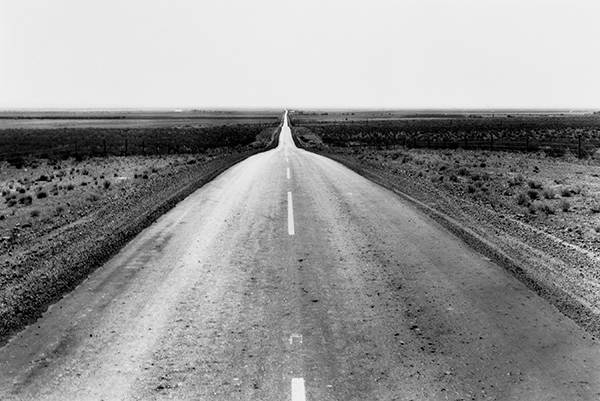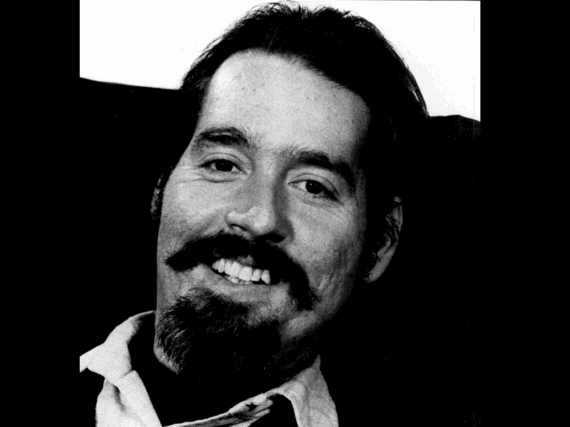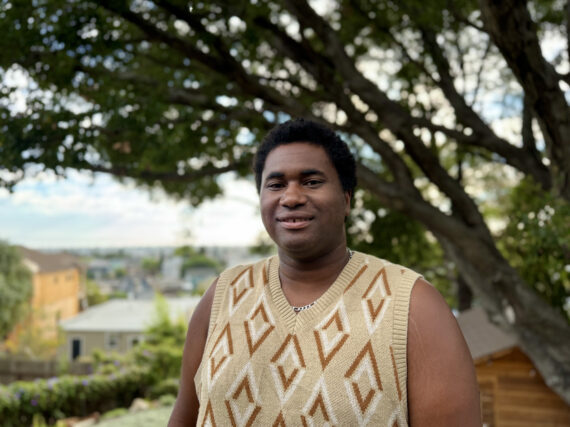For the past week or so, it’s been hard to resist checking news constantly. From the minute I wake up, I crave the absolute latest updates: How fast is Coronavirus spreading? What’s happening to people who caught it? How long will this quarantine last?
Sure, things are changing quickly and it’s important to stay updated, but checking the news twice a day would probably be better than 50 times. After all, stress is bad for the immune system and most of the headlines I’m bombarding myself with aren’t very reassuring. In America, we seem to be at the phase in the pandemic where the worst is coming towards us fast, but we have no idea exactly what it will look like. Peering at the horizon, we know that mass employment and overcrowded hospitals are imminent, but the scale can only be speculated. In this age of climate crisis, contemplating the future is often a morbid exercise, but most terrors have rarely, if ever, felt so close.
When focusing on the present is a treadmill of anxieties and dwelling on the future is a trapdoor into despair, there is another option for occupying your quarantined brain: history. I’m not talking about escaping into nostalgic fantasies. If you’re looking for wisdom, solace, and inspiration during this crisis, you’ll find an abundance of all these comforts, plus much more, by turning your gaze towards the past.
But first, a disclaimer: If you’re trying to alleviate panic, avoid delving deeply into previous epidemics. There are certainly valuable lessons to be learned from studying how our ancestors handled these kinds of crises. A chart that recently went viral for demonstrating the importance of social distancing by contrasting Philadelphia’s lackadaisical response to the 1918 Spanish flu with St. Louis’s far more cautious approach is a perfect example of using past mistakes to prevent future disasters. However, the thought of reading about the bubonic plague right now sounds far more terrifying than all the pandemic films (Contagion, Outbreak, 12 Monkeys) everyone seems to be binging on.
Instead of focusing on worst case scenarios, try confronting the challenges already here. As everyone with “nonessential jobs” bunkers down in observance of shelter-in-place restrictions, many of us feel anxious about cabin fever. For suggestions on how to cope with isolation, check out “Solitary: Unbroken by Four Decades in Solitary Confinement. My Story of Transformation and Hope” by Albert Woodfox. As a Black Panther in Louisiana’s notorious Angola prison, Woodfox and two of his comrades were blamed for a murder they didn’t commit and sentenced to spend the rest of their lives secluded in tiny, vermin-infested cells. “The Angola 3” were eventually exonerated and Woodfox emerged from nearly half a century in the hole not only sane, but remarkably compassionate. His ordeal was infinitely more monstrous than anything you or I will be facing in the coming weeks, but his meditations about holding onto one’s humanity while secluded are universally applicable.

While Woodfox’s story provides insight on how to cope with a personal catastrophe, Rebecca Solnit explores community resiliency in “A Paradise Built in Hell: The Extraordinary Communities That Arise in Disaster.” Challenging prevalent media narratives about individualistic opportunism in the wake of upheavals (looting, price-gouging, etc), Solnit describes the tendency of most people to help each other out after their cities are devastated by hurricanes or bombs. In one chapter, she highlights a working class woman who was already sewing tents and serving free food (and cracking jokes) to her fellow refugees while the Army was still dynamiting buildings in an ill-fated attempt to contain raging fires. Such bottom-up illustrations of mutual aid aren’t only heart-warming – as the federal government continues to demonstrate fumbling ineptitude, locally-organized efforts to support our most vulnerable neighbors could be crucial in mitigating the pandemic’s death toll. Solnit’s book offers some useful blueprints for launching these endeavors.
There’s also a utopian theme that permeates the book regarding “the ability of disasters to topple old orders and open new possibilities.” As the global economy plummets, and policies ranging from eviction moratoriums to universal basic income are suddenly accepted as eminently reasonable, Solnit’s findings on how long-lasting positive changes can grow from deadly wreckage are worth analyzing. It’s far too early to look for a silver living to the Coronavirus crisis, but this pandemic is, for example, the most effective argument for universal health care coverage we’ve ever seen.
These rapid societal shifts also create a unique opportunity for personal transformation. It’s never easy to change one’s habits amidst the momentum of daily life, but the shattering of the status quo offers an unprecedented window for reassessing values and behaviors. Before the Great Depression, Dorothea Lange was already an acclaimed photographer, but she wasn’t yet renowned for her iconic images of stoic poverty that would come to define an era. As a trendy San Francisco bohemian, she made her living by catering exclusively to wealthy elites, whom she photographed in her elegant studio or at their hilltop mansions. As the economy collapsed and her business faltered, she decided to aim her lens instead at the extreme opposite end of the cultural spectrum and dedicated the rest of her career to capturing images of the poor and oppressed.
During her very first foray down this new path, she overcame her fear of wandering the streets with a camera and ended up photographing a man with a hat pulled low and a battered tin cup between his folded hands. The resulting image became known as “White Angel Breadline” and came to symbolize the plight of the urban poor for millions.

Linda Norton’s magnificent biography “Dorothea Lange: A Life Beyond Limits” traces how this act of spontaneous creativity led to a whole new identity for Lange as a photographer and a person. Her images of Dust Bowl refugees were famously (and effectively) used by President Roosevelt’s administration to stir up support for social welfare programs, but even after the Depression, she continued to use her abilities to expose injustice, from the mass incarceration camps of Japanese-Americans during World War II to courtrooms in Oakland. Lange’s transformation, which was catalyzed by a moment of widespread fear and adversity, led to a permanent change that resulted in personal fulfillment, as well as immeasurable benefits for many whose suffering she helped alleviate through the impact of her work.
Scanning my bookshelves, I’m realizing this essay could continue with dozens more recommendations. From memoirs of genocide survivors to Shakespeare (who wrote some of his famous works amidst epidemics, as you’ve probably heard several times already), each chapter of history offers the promise of insights that only could come from looking back at the past through this present lens of pandemic. One stack that I plan on keeping close in the coming months is my collection of books about California’s indigenous history. Archaeological evidence suggests that the Ohlone people managed to live an ecologically sustainable and relatively peaceful existence here in the Bay Area for millennia. As we enter a new reality in which all structures and systems appear ripe for a radical reappraisal, the wisdom of these so-called “primitive” cultures may play a big role in the salvation of future generations.
A note to listeners: Yes, I’m still working on episodes of East Bay Yesterday and hope to release a new podcast within the next week. Thanks for your patience and support during this difficult month. Also, if you plan to order one of the the books mentioned in this essay, please consider supporting a local, independently-owned bookstore.




